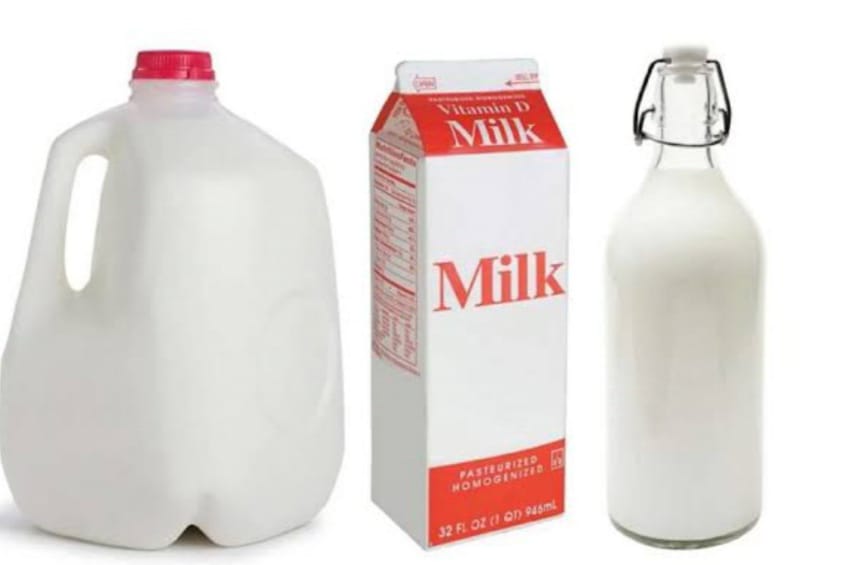Do you prefer milk in a box or a pouch? Which is Safer?
Can you recall your initial journey outside of India? We weren't sure about the local milk, even though the tetra pak milk didn't taste exactly like the pouch milk we're used to, so the preparation must have required packing ready-to-eat meals and tetra paks of milk.

Apart from their infrequent usage, tetra paks had a notable resurgence under the lockdown, as people stocked up on goods to weather the unpredictability.
Ever notice how seldom is carton milk our first choice? Never does it feel exactly like the genuine thing. Is it, however, truly safer than milk that is packaged in pouches? Let the experts decide.
According to Veena v, chief clinical dietitian at aster Whitefield Hospital in Bengaluru, "tetra pak, or ultra-high temperature (UHT) milk, is milk that has been treated by ultra-high temperature processing to be stored for a long time under normal conditions without requiring refrigeration until the package is opened."
She goes on to tell india Today that when milk is treated with UHT, it is heated for a short period to temperatures between 135°C and 150°C to kill all disease-causing microorganisms and keep the milk fresh for several months.
"The milk's nutritional value and flavor are also improved by heating it to such a high temperature. After the procedure is finished, the milk is quickly chilled and aseptically packaged into Tetra-Pak containers to prevent contamination," the expert continues.
Tetra Pak is the name of the packaging used for UHT milk. Aseptic packing protects the milk from spoiling and contamination.
Furthermore, Sharda Care, NCR nutritionist Shivani Rathee emphasizes the advantages of UHT milk. It is handy since it doesn't need to be refrigerated until it is opened, and it has a long shelf life, remaining fresh for several months. In addition, it has negligible nutrient loss during processing, maintaining a nutritional value close to that of fresh milk.
UHT milk vs packet milk
Veena v claims that there are clear distinctions between UHT milk and milk that are often marketed in pouches about processing, shelf life, storage conditions, and marketing.
The ultra-high temperature procedure is applied to UHT milk for treatment. The pathogens are removed from the milk during this procedure, which sterilizes it and keeps it fresh for months. To prevent recontamination of the UHT milk, airtight packaging comes next.
Conversely, milk in pouches is cooked to a lower temperature—roughly 72°C—for a brief period. This method works well to eliminate harmful germs, but it leaves some heat-resistant bacterial spores behind, resulting in a shortened shelf life of two to three days in a cool environment. Preservative additives are often absent from this kind of milk.
Additionally, a lot of individuals find that drinking milk from a pouch is a highly enjoyable experience since the preserved natural enzymes and flavors give the milk a rich flavor.
Which is Safer?
General practitioner Dr. Nimra Choudhary of Prakash Hospital, NCR, believes that both UHT and pouch milk are safe and have comparable nutritional values. Even though UHT milk goes through extra processing, the high heat eliminates germs, so it stays safe. Although pouch milk tastes better, both are still healthful choices.
Veena v informs us that some people think that milk in a pouch is healthier since it is pasteurized less and has a shorter shelf life, allowing it to keep more of its natural enzymes, vitamins, and flavors.
UHT milk is often considered to be good for long-term preservation since it is full of vital nutrients. To ensure its lifespan and safety, all active microorganisms—including pathogens—are eradicated by treatment.
The decision is based on personal preferences, medical problems, and the accessibility of storage facilities. But both, in terms of makeup, are healthy," she continues.




 click and follow Indiaherald WhatsApp channel
click and follow Indiaherald WhatsApp channel